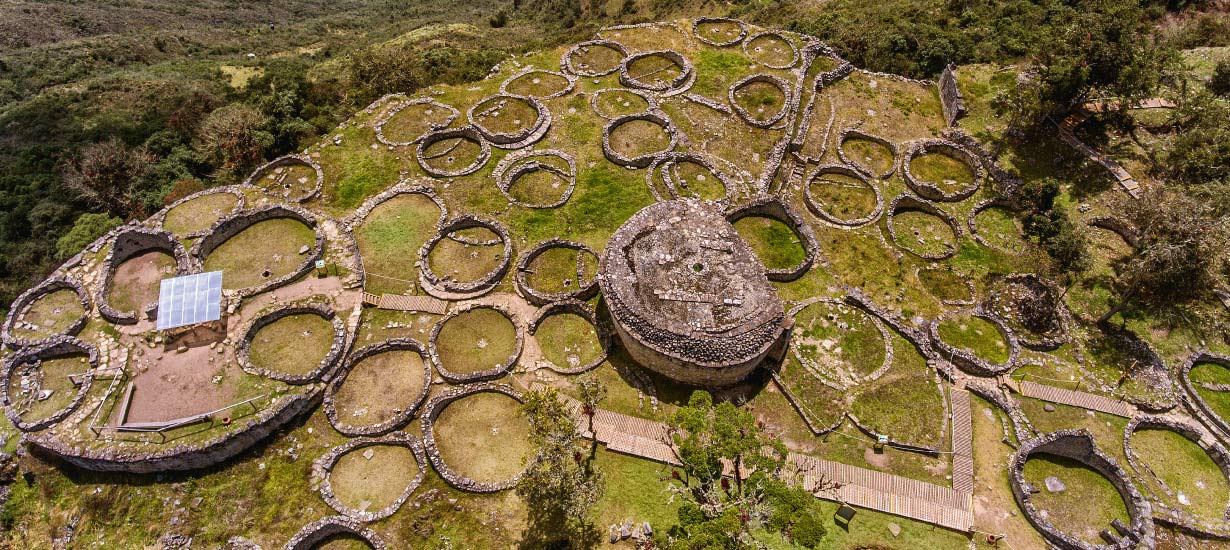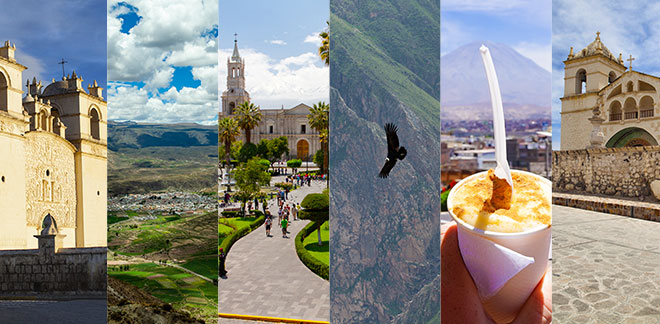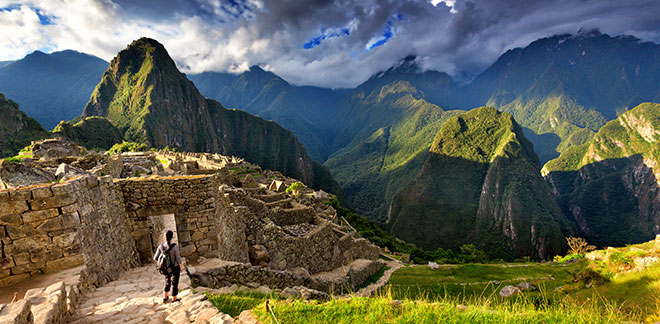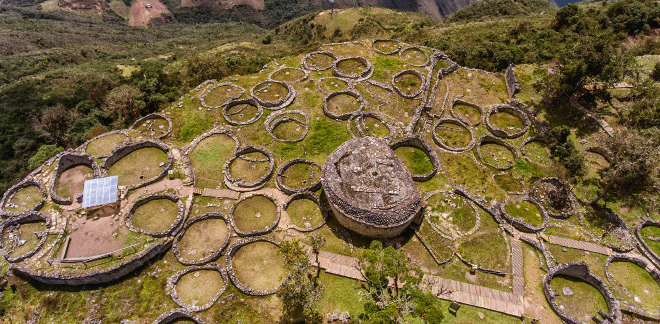Kuelap Fortress: Explore Peru's architectural gem
Síguenos en:Google News
La cantautora Renata Flores representará la música peruana en la edición 2025 de Viña del Mar, donde buscará conquistar al público de la Quinta Vergara.
A Renata Flores la podemos ver con pantalones anchos y pendientes grandes, o con trajes tradicionales y trenzas. Y es que ella es de las pocas artistas que cuenta con esa dualidad entre lo ancestral y lo actual. A través de su fusión de géneros urbanos con el quechua, Renata ha logrado una transformación significativa en la música peruana y ha contribuido a la revitalización de una lengua ancestral que aún lucha por mantener su vigencia al día de hoy.
 Fuente: Youtube Renata Flores
Fuente: Youtube Renata Flores
De Ayacucho al mundo: El inicio de una estrella
Nacida en el año 2001 en Ayacucho, una región de gran riqueza histórica y cultural, Renata Flores tuvo su primer gran salto a la fama en 2015, cuando publicó en YouTube las versiones en quechua de “The way you make me feel” de Michael Jackson y “House of the rising sun” de The Animals (esta última interpretación tuvo lugar frente a la histórica Pampa de la Quinua). Estos videos se volvieron viral, captando la atención de medios nacionales e internacionales. Desde entonces, su misión artística se ha centrado en la promoción del quechua a través de la música contemporánea.
La fusión de géneros y la identidad cultural
A diferencia de muchos artistas que interpretan géneros tradicionales peruanos, Renata Flores decidió experimentar con sonidos modernos como el trap y el hip-hop. Su música resalta por la innovación sonora y por su poderoso mensaje de empoderamiento, identidad y resistencia.
“Mirando la misma luna” se convirtió en el primer single con letra y música propia. Posteriormente, canciones como "Tijeras" y "Qam hina", “Francisca Pizarro”, “Miraposas” abordan temas como la lucha contra la discriminación, el rol de la mujer en la sociedad y el valor de las raíces andinas. A través de estas piezas, Flores promueve la adaptación del quechua para las nuevas generaciones, explorándola con los ritmos actuales.
Para el año 2021, Renata Flores sacó su primer álbum “Isqun” (nueve en quechua), cuya inspiración se dio en cinco mujeres emblemáticas en la historia de Perú: Chañan Cori Coca, Francisca Pizarro, Beatriz Clara Coya, María Parado de Bellido y Rita Puma.
 Fuente: Youtube Renata Flores
Fuente: Youtube Renata Flores
La revitalización del quechua
Uno de los principales logros de Renata Flores ha sido darle mayor visibilidad al legado del quechua. Así, la cantante ha convertido esta lengua en un idioma atractivo para la juventud, a través de la inmediatez y la viralización en las redes sociales.
El impacto global de Renata
El trabajo de Renata Flores ha trascendido fronteras. Su participación en festivales internacionales y colaboraciones con artistas de diferentes países han llevado su mensaje más allá de Perú.
Así, medios de comunicación de todo el mundo han destacado su labor en la preservación del quechua y su capacidad de transformar la industria musical. En el año 2020, el reconocido medio The New York Times dedicó un artículo a Renata y la calificó como “La reina del rap en quechua”.
En el año 2021, la artista fue incluida dentro del ranking de las 100 latinas más influyentes de la revista “Hola!” La cantante se ubicó en la categoría “Fuerza creativa” y compartió créditos con otras 10 artistas latinoamericanas de la talla de Lila Downs, la comediante Sofía Niño De Rivera, la poeta Natalie Díaz, entre otras.
Por si fuera poco, y con solo 21 años, Renata Flores formó parte de la lista de las 50 mujeres más poderosas e influyentes de Perú, de acuerdo a la revista Forbes Perú.
Un futuro prometedor
El éxito de la cantautora nacional demuestra que la identidad cultural puede ir de la mano con la modernidad. A través de la música, Renata ha logrado posicionarse como una embajadora de la cultura andina en el mundo globalizado de hoy.
De esta manera, la ayacuchana continúa explorando nuevas formas de expandir su mensaje y refuerza su compromiso con la defensa del quechua y el empoderamiento de la mujer peruana. Así, su trayectoria representa un avance en la música peruana y una muestra de cómo el arte puede ser una herramienta poderosa para la inclusión y el cambio social.








